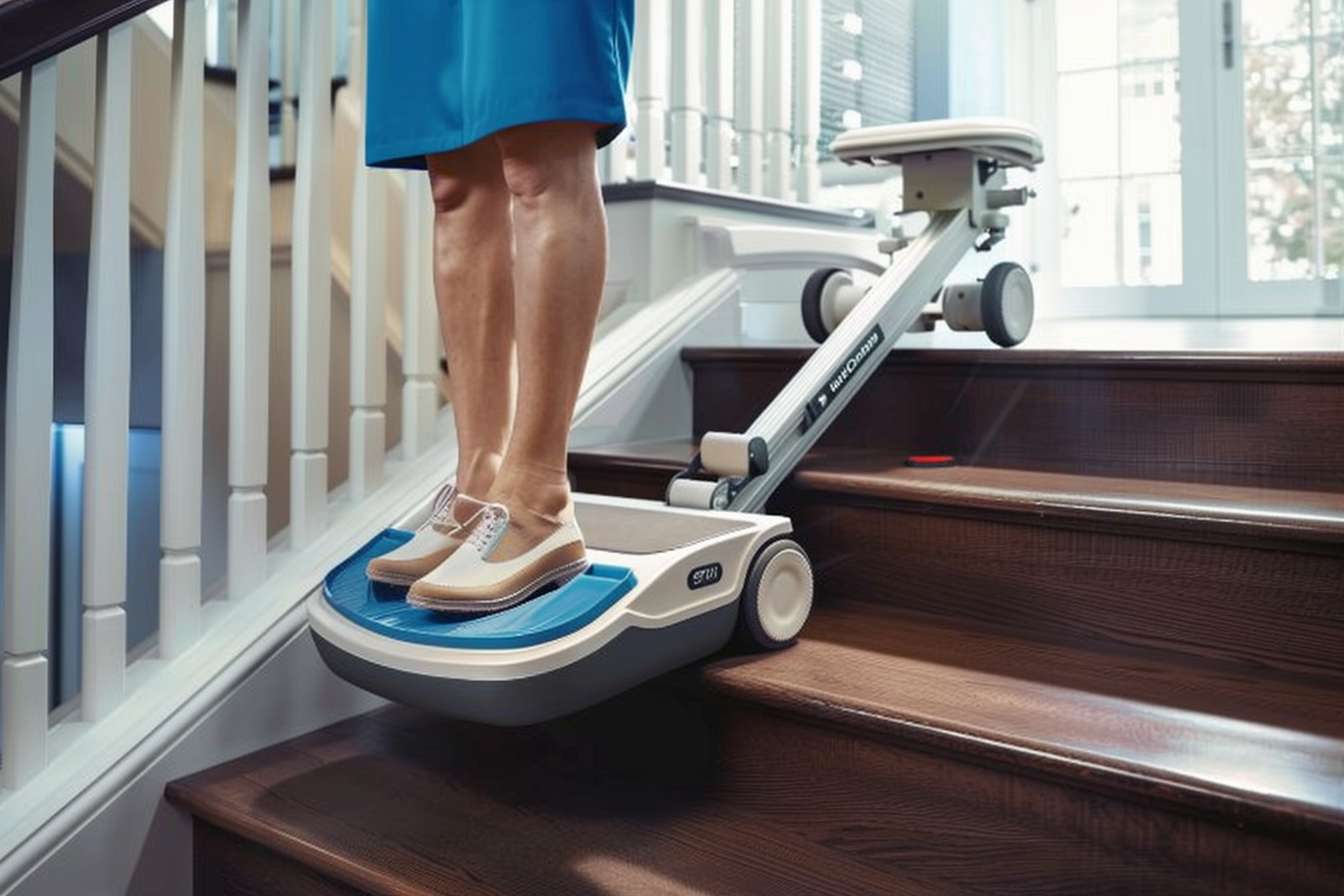Walk-In Tubs in the US: Safety Features, Benefits, and Installation Insights
Walk-in tubs have become increasingly popular across the US, especially among seniors and individuals seeking a safer, more comfortable bathing experience. With advanced safety features like low-entry thresholds, anti-slip floors, built-in seating, and temperature controls, these tubs provide both independence and peace of mind. Understanding their benefits, features, and installation process can help families make the right choice for their home.

Walk-in tubs have revolutionized bathroom accessibility across American homes, providing a practical solution for individuals seeking safer bathing options. These innovative fixtures address common bathroom hazards while maintaining the therapeutic benefits of traditional soaking tubs. The growing demand for aging-in-place solutions has made walk-in tubs increasingly popular among homeowners prioritizing long-term accessibility.
Walk-In Tub Safety Features
Modern walk-in tubs incorporate multiple safety elements designed to prevent accidents and enhance user confidence. Low-threshold entry doors eliminate the need to step over high tub walls, reducing fall risks significantly. Built-in grab bars provide stable support points throughout the bathing process, while textured flooring surfaces offer improved traction when wet.
Anti-scald technology maintains consistent water temperatures, preventing burns from sudden temperature fluctuations. Quick-drain systems ensure users aren’t sitting in cooling water for extended periods. Many models include emergency call buttons and leak-proof door seals that maintain water integrity during use.
Benefits of Walk-In Tubs for Seniors
Seniors experience numerous advantages when using walk-in tubs compared to traditional bathing options. Independence in personal care routines increases dramatically, allowing individuals to bathe without assistance from family members or caregivers. The seated bathing position reduces fatigue and provides stability for those with balance concerns.
Therapeutic features like hydrotherapy jets can alleviate arthritis pain and improve circulation. The deeper soaking capability of walk-in tubs offers better pain relief than standard showers. Privacy and dignity are preserved, contributing to improved mental health and self-esteem among users who might otherwise require bathing assistance.
Installation Process of Walk-In Tubs
Professional installation typically requires one to two days, depending on existing bathroom configurations and plumbing modifications needed. Initial assessment involves measuring the bathroom space and evaluating current plumbing and electrical systems. Removal of existing fixtures creates space for the new unit.
Plumbing connections may require rerouting water supply lines and drain systems to accommodate the walk-in tub’s specifications. Electrical work often includes installing GFCI outlets for powered features like jets or heating systems. Final steps involve securing the unit, testing all functions, and ensuring proper sealing around the installation area.
Choosing the Right Walk-In Tub
Selecting an appropriate walk-in tub involves evaluating personal needs, bathroom dimensions, and desired features. Door swing direction must align with bathroom layout and user mobility patterns. Seat height and depth should accommodate the primary user’s physical dimensions comfortably.
Therapeutic options range from basic soaking models to units with air jets, water jets, or combination systems. Consider future needs when selecting features, as mobility requirements may change over time. Warranty coverage and manufacturer reputation should influence the decision-making process.
| Product Type | Provider | Cost Estimation |
|---|---|---|
| Basic Walk-In Tub | Kohler | $3,000 - $5,000 |
| Mid-Range with Jets | American Standard | $5,000 - $8,000 |
| Premium Therapeutic | Safe Step | $8,000 - $15,000 |
| Installation Services | Local Contractors | $2,000 - $4,000 |
Prices, rates, or cost estimates mentioned in this article are based on the latest available information but may change over time. Independent research is advised before making financial decisions.
Accessibility and Comfort in Bathroom Design
Integrating walk-in tubs into comprehensive bathroom accessibility plans maximizes their effectiveness. Adequate lighting reduces shadows and improves visibility during use. Non-slip flooring throughout the bathroom creates consistent safety conditions. Clear pathways to the tub accommodate mobility aids like walkers or wheelchairs.
Comfort enhancements include adjustable water temperature controls within easy reach and built-in storage for bathing essentials. Proper ventilation prevents moisture buildup that could create slippery conditions. Consider installing additional grab bars beyond those included with the tub for comprehensive support throughout the bathroom space.
Walk-in tubs represent a valuable investment in home accessibility and personal safety. The combination of safety features, therapeutic benefits, and independence preservation makes them an attractive option for many American households. Proper selection and professional installation ensure these fixtures provide years of safe, comfortable bathing experiences while potentially increasing home value through improved accessibility features.




